Along the Outer Banks of North
Carolina, a story has been passed down about
a lifesaving station keeper and a young surfman. The two men stood
looking at ominous breakers just before launching their surfboat.
“Do you think we’ll come back?” asked the surfman. The keeper turned
too him and said, “The regulations only slay say we have to go out.
They don’t say anything about coming black." From this came the
surfmen’s motto: "You have to go out, but you don’t have to come
back."
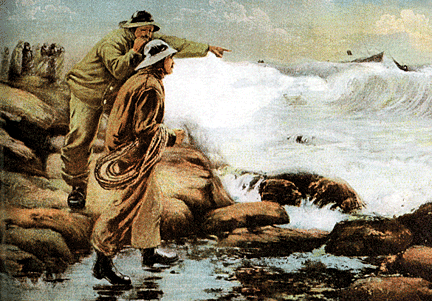
Early Lifesaving
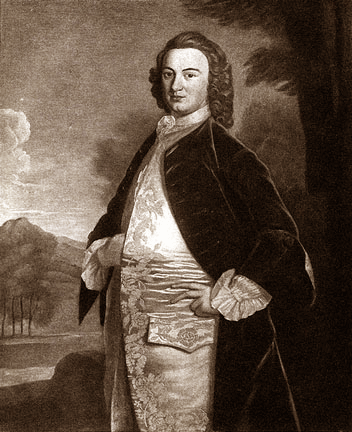 Organized
life-saving began in 1786, when a blind doctor from Boston invited
some of his fellow townsmen to a tavern to persuade them to organize
the “Humane Society of the Commonwealth of Massachusetts.” The new
society built small huts, called charity houses, filled with fuel,
blankets and food to act as shelters for those ship-wrecked
offshore. It also built lifeboats and placed the first one at
Cohasset, Mass., in October, 1807. This was the first such service
in the world and for the next 30 years, only the State of
Massachusetts was to have it. It wasn’t until after the wreck of the
bark Mexico, loaded with immigrants, which drifted ashore on
Hempstead Beach, Long Island, in 1837, that the rest of country took
notice.
Organized
life-saving began in 1786, when a blind doctor from Boston invited
some of his fellow townsmen to a tavern to persuade them to organize
the “Humane Society of the Commonwealth of Massachusetts.” The new
society built small huts, called charity houses, filled with fuel,
blankets and food to act as shelters for those ship-wrecked
offshore. It also built lifeboats and placed the first one at
Cohasset, Mass., in October, 1807. This was the first such service
in the world and for the next 30 years, only the State of
Massachusetts was to have it. It wasn’t until after the wreck of the
bark Mexico, loaded with immigrants, which drifted ashore on
Hempstead Beach, Long Island, in 1837, that the rest of country took
notice.
And not until 10 years later did Congress allocate $5,000 as part of
the Lighthouse Bill, in order to furnish “lighthouses along the
Atlantic coast with the means for rendering assistance to
shipwrecked mariners.” By 1849, Congress had passed a bill
appropriating $10,000 to provide the necessary apparatus for
life-saving along New Jersey beaches. But the surfmen were strictly
volunteers. It wasn’t until 1876 that the United States Government
employed specially trained men to save lives.
A Surfman’s Daily Routine
The daily life of a surfman followed a predictable pattern. He stood
day watch sunrise to sunset, usually from the station’s lookout
tower. His weekly routine began on Sunday, a day of rest and
sometimes worship. But even on Sundays, he performed beach patrols
and lookout duty watches.

Every Monday, he and six other surfmen practiced with the beach
equipment, pulling the beach cart, firing the line-throwing Lyle gun
and rigging a breeches buoy to a mast-like wreck pole. The breeches
buoy was an apparatus that allowed a ship-wrecked person to be
hoisted above the waves by his breeches and pulled into shore by
pulleys. The Lyle gun shot the rope, onto which the breeches buoy
was attached, to the foundering vessel.
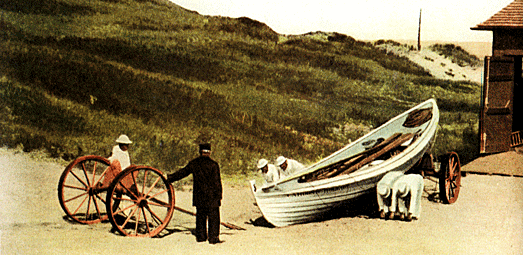
On Tuesdays, they performed boat
drills involving launching, landing and rowing the heavy surfboats,
which could rescue five persons at a time. At the discretion of the
station keeper, "capsize drills" might be performed, involving
purposely capsizing and righting a surfboat. Crews had to be
prepared for an accidental capsizing because surfboats weren’t
self-righting. This drill was by far the most dangerous and often
surfmen died when hit by the surfboat in heavy breakers. Wednesdays
were signal practice days with two types of flag codes. Thursday
repeated the beach apparatus drill. And on Fridays, the surfman
practiced lifesaving techniques, including methods of restoring
breathing and counteracting hypothermia. On Saturdays, they cleaned
and repaired the station.
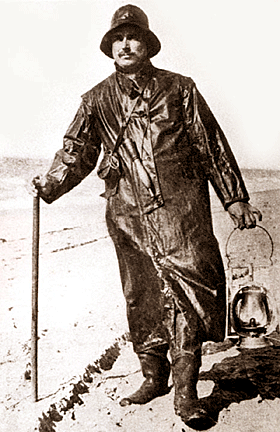 At
night a surfman’s duties became severe and often perilous. Four
watches spanned the time between sunset to 8:00 A.M. At the
beginning of each watch, two men set out from the station on patrol,
walking two to four miles to the right and left, respectively, until
they met the patrolmen from the adjacent stations, with whom they’d
exchange small metal badges called "checks." Each check had the
number of the surfman’s rank and the number of his station on it.
Each surfman would carry his counterpart’s check back to his station
with him to prove that the patrol had been completed.
At
night a surfman’s duties became severe and often perilous. Four
watches spanned the time between sunset to 8:00 A.M. At the
beginning of each watch, two men set out from the station on patrol,
walking two to four miles to the right and left, respectively, until
they met the patrolmen from the adjacent stations, with whom they’d
exchange small metal badges called "checks." Each check had the
number of the surfman’s rank and the number of his station on it.
Each surfman would carry his counterpart’s check back to his station
with him to prove that the patrol had been completed.
A march of four or five miles through the soft sea-sand was a task
at any time, but during a storm, it became treacherous. The
prevalent strong winds drove rain, snow, hail, and sleet, or often
sharp sand, cutting a surfman’s face until, smarting with pain, he
turned and walked backward for relief.
In a snow storm, the beach became a pathless desert, and even by
daylight, shut out from landmarks, the foam of the breaking surf
alone served to guide the panting surfman. When darkness fell, his
lantern, if not extinguished by the gale, feebly lit his path
through the slush and sand. He often stumbled into quick-sands,
recovering quickly because he knew every foot of the way. However,
many surfmen, benumbed with cold and bewildered by their mishaps,
were later found dead by their comrades. And hurricanes were even
worse.
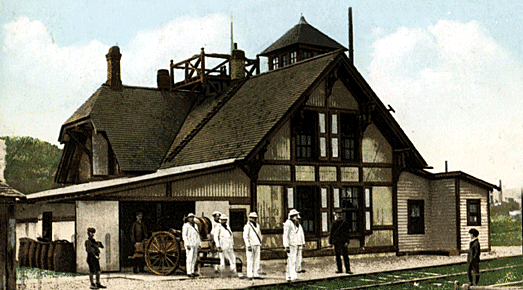
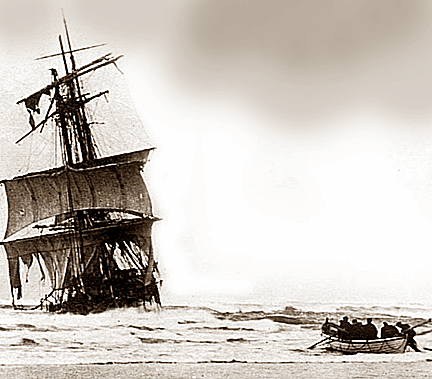 When
a storm drove a ship ashore, the surfman was the first to discover
her from a glimmer of light, the outline of a slender spar just
beyond the breakers, or at his feet perhaps an article from the
ship. At night, he carried, besides his lantern, a vivid red flare
in a wooden holder. The burning signal might only warn a ship to
turn away from the shore. But if the surfman had seen a wreck, it
told survivors that help was coming. Then he bounded for his
station, perhaps a mile or two away, to arouse his comrades.
When
a storm drove a ship ashore, the surfman was the first to discover
her from a glimmer of light, the outline of a slender spar just
beyond the breakers, or at his feet perhaps an article from the
ship. At night, he carried, besides his lantern, a vivid red flare
in a wooden holder. The burning signal might only warn a ship to
turn away from the shore. But if the surfman had seen a wreck, it
told survivors that help was coming. Then he bounded for his
station, perhaps a mile or two away, to arouse his comrades.
If the rescue required the surf-boat, the crew threw open the doors
of the boat-room. In the absence of horses, they had to pull the
heavy boat themselves, each man pulling 180 pounds through the soft
sand.
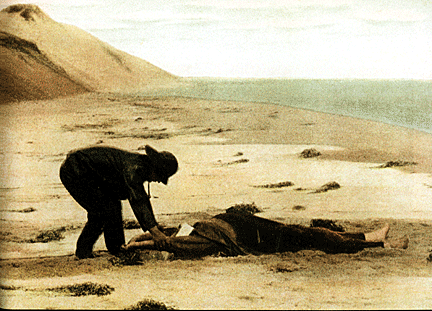 And
so they went out no matter what the weather, even if they were sick
or exhausted from a previous wreck They went out no matter what the
nationality of the ship in distress. People were in need of help and
it was their job to save them. Sometimes, the surfmen would be at
sea for hours rowing, enduring cold, hunger and exhaustion. Though
exhausted, they often had to help crew and passengers, who were in
poor condition themselves, from a sinking ship.
And
so they went out no matter what the weather, even if they were sick
or exhausted from a previous wreck They went out no matter what the
nationality of the ship in distress. People were in need of help and
it was their job to save them. Sometimes, the surfmen would be at
sea for hours rowing, enduring cold, hunger and exhaustion. Though
exhausted, they often had to help crew and passengers, who were in
poor condition themselves, from a sinking ship.
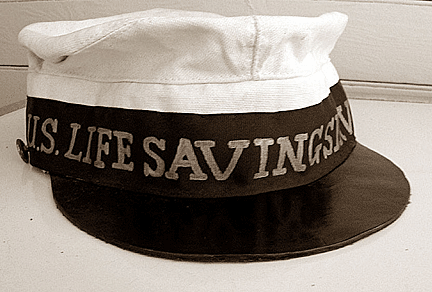 Except
for the tremendous reward of saving lives, it was a wonder that
anyone ever became a surfman. The job wasn’t only dangerous, but
poor health often resulted from the long hours and there was no
health care program or long term disability coverage. In addition,
pay was low–$60 a month–and pensions lacking. But along the coast,
especially along the Outer Banks of North Carolina, the seafaring
tradition ran so deep that even a surfman’s meager pay seemed
appealing.
Except
for the tremendous reward of saving lives, it was a wonder that
anyone ever became a surfman. The job wasn’t only dangerous, but
poor health often resulted from the long hours and there was no
health care program or long term disability coverage. In addition,
pay was low–$60 a month–and pensions lacking. But along the coast,
especially along the Outer Banks of North Carolina, the seafaring
tradition ran so deep that even a surfman’s meager pay seemed
appealing.
The surfmen worked out of 279 U.S. Lifesaving Stations, built every
five miles along the coasts, at the peak of the service in the
1880s. In 1890, Congress signed a bill establishing a cutter
service, the forerunner of the U.S. Coast Guard. Most the old
stations are gone now, but the memory of those heroes of the surf
remains.
